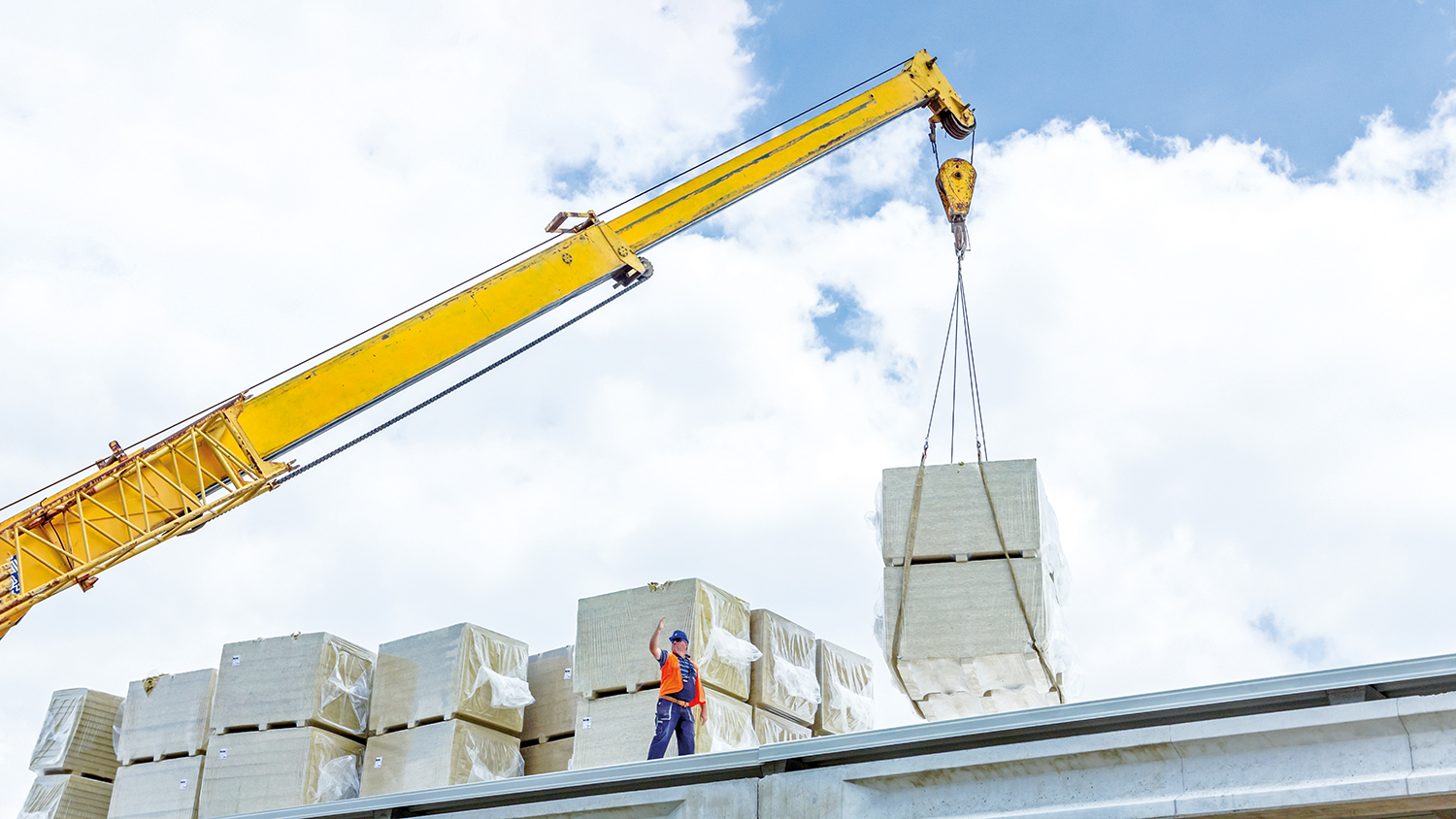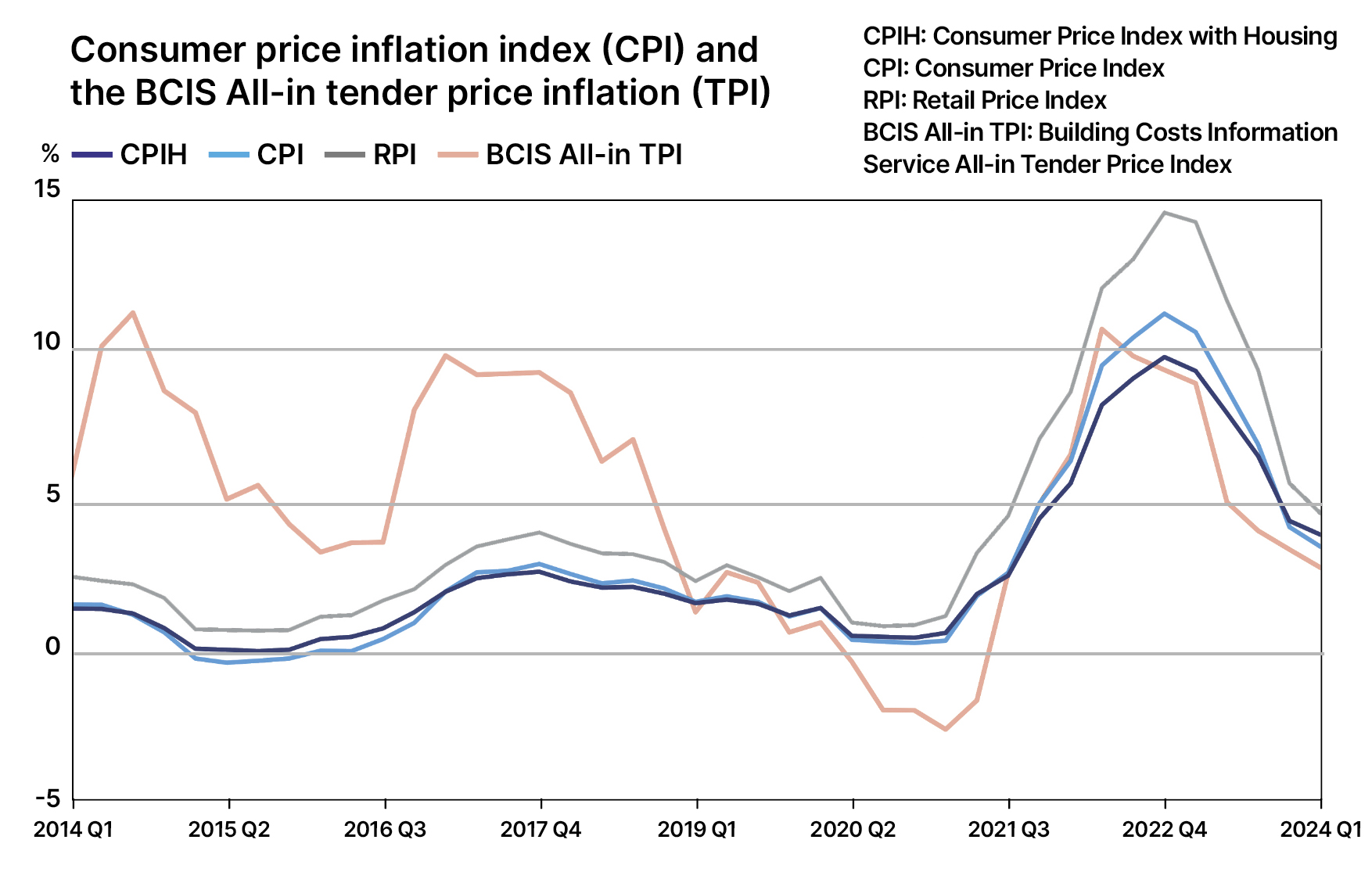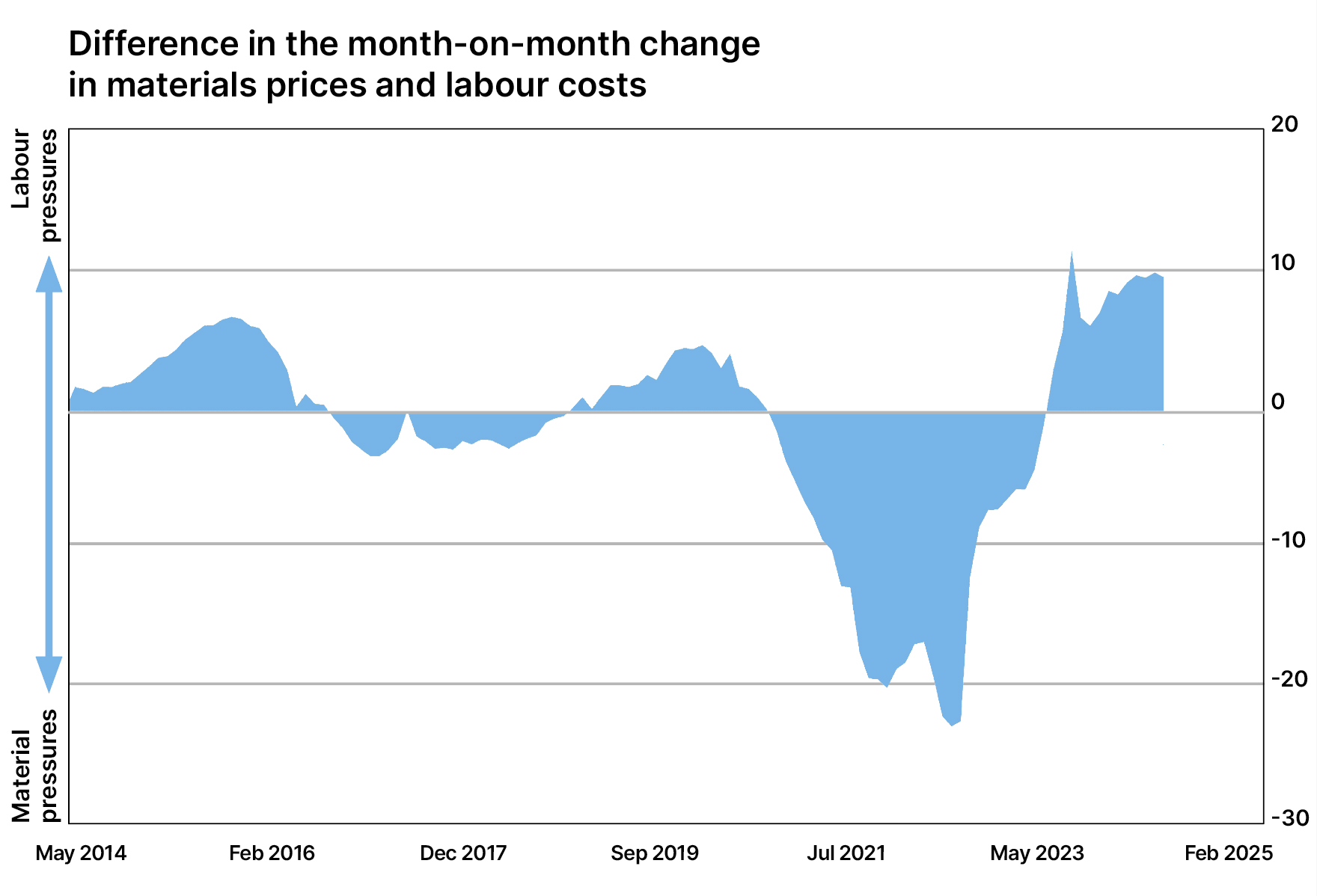
Mitigating inflationary risks will require construction professionals to take proactive steps, writes Pablo Cristi Worm.
Navigating the complex landscape of inflationary pressures within the construction industry requires a nuanced understanding of the drivers at play.
While global events like the Covid-19 pandemic and geopolitical tensions in Eastern Europe and the Middle East continue to shape markets, clients and the supply chain must remain vigilant of evolving trends to mitigate their risks. It is important to remember that these are rare, shock events and unforeseen by anybody.
Unlike the Consumer Price Index (CPI), which measures general inflation in the economy, the Building Cost Information Service’s (BCIS) All-in Tender Price Index (TPI) serves as the industry standard for assessing tender price inflation.
This index tracks the trend of contractors’ pricing levels in accepted tenders, providing a more tailored reflection of inflationary pressures specific to the sector.These indices typically align with the broader business cycle, but can diverge significantly due to various factors driving inflation, including market fundamentals, incomplete information and human behaviour.
Upward pressure on construction prices
Demand is a primary motivator for pricing. Increasing client investment and a growing pipeline of works lead to heightened competition among contractors and upward pressure on prices.
The decreasing construction output in late 2023 and a mixed performance in early 2024 are clearly reflected by the BCIS index. Projects in sectors including industrial, manufacturing and distribution, defence and commercial office developments have been driving activity up in the first half of 2024, contributing to inflationary pressures.

Input costs, including labour, materials and plant, also exert significant influence on tender prices. Between May and December 2023, material prices saw a consistent decrease over eight consecutive months, followed by a slight uptick since the beginning of 2024.
Conversely, wages have emerged as the primary driver of inflation, with average weekly earnings in construction growing at a rate of 4.4% since the start of 2024. This suggests that TPI growth has predominantly originated from the labour market since May 2023. The ongoing acute shortage of skilled workers will remain one of the main inflationary drivers in 2024.
Mitigating market uncertainty challenges
Capacity and capability in the industry play pivotal roles in influencing inflationary trends. Larger numbers of firms and employees can lead to a more competitive marketplace, which prompts businesses to adopt competitive pricing strategies. Equally, insolvencies can reduce overall capacity and exacerbate inflationary pressures.
Insolvencies peaked again in Q4 2023 with 1,195 construction new company insolvencies, reaching similar levels to Q2 2023 – the highest value recorded since the measure started in Q1 2010.
Performance bonds, which insure against the failure of another party in a construction contract, are becoming more challenging and expensive to obtain. This is adding further inflationary pressure as well as destabilising contractor chains.

Additionally, contractors are having to raise their risk premiums across the board to mitigate potential challenges from the high levels of market uncertainty. Recent increases in TPI may be partly attributed to the response to greater financial instability.
By closely monitoring key indicators such as tender price indices, material costs, wages and regulatory changes, construction professionals can proactively adapt their strategies to help mitigate inflationary risks and enhance resilience in an ever-changing economic environment.
This approach is strengthened if teams have invested in embedding digital tools, better helping to track and analyse these indicators and their potential impacts on projects.
Through this, and by fostering collaboration and transparency with partners, sector businesses can facilitate more informed decision-making and bolster their capacity to navigate challenges effectively.
Pablo Cristi Worm is an associate economist at Turner & Townsend.











